The American Heritage Museum’s Ambitious Ju 87 Stuka Project Gains Momentum
Vintage Aviation News
JUNE 19, 2025
As of now, the horizontal stabilizer is completely rebuilt, and most components of the right wing are structurally finished. The team is reproducing the Stuka’s complex flap-aileron mixing unit—a mechanism that causes the ailerons to droop when the flaps are deployed, enhancing low-speed handling during dive-bombing runs.





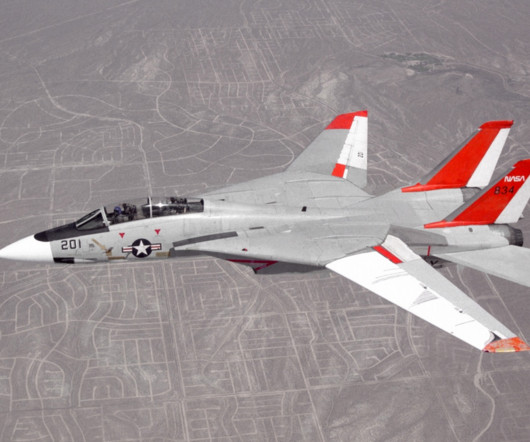
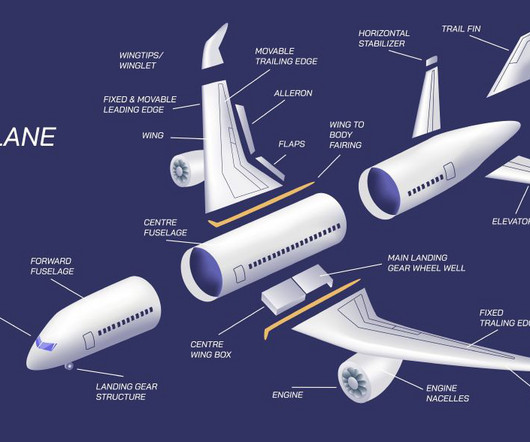
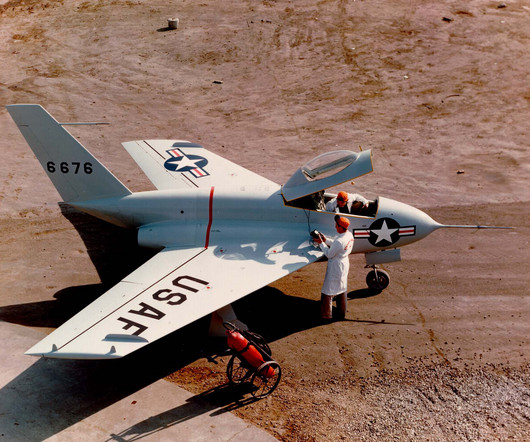


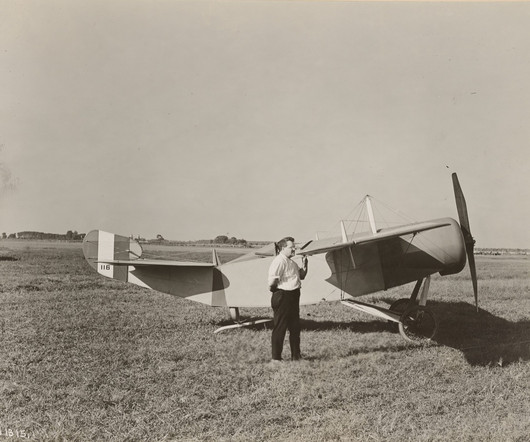

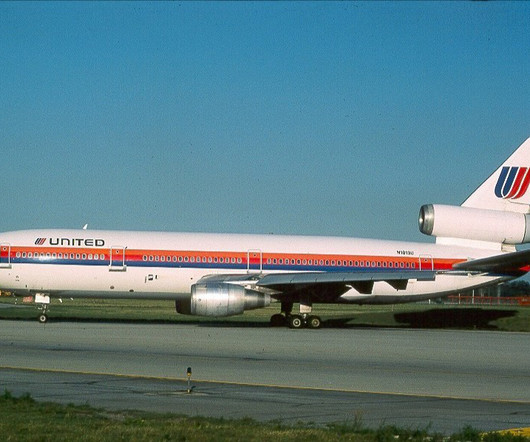
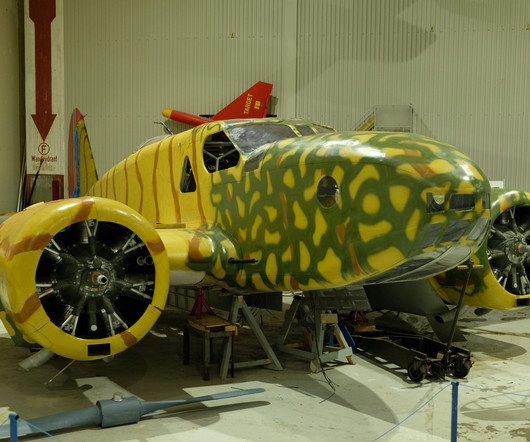
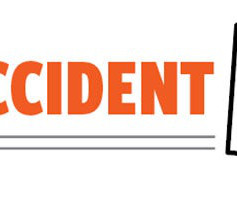












Let's personalize your content